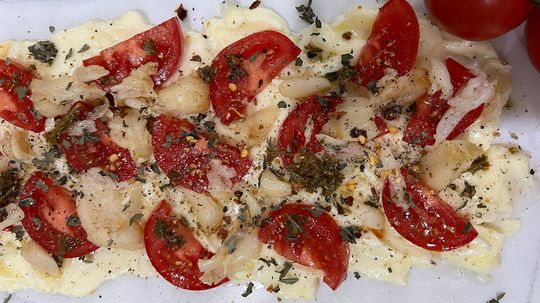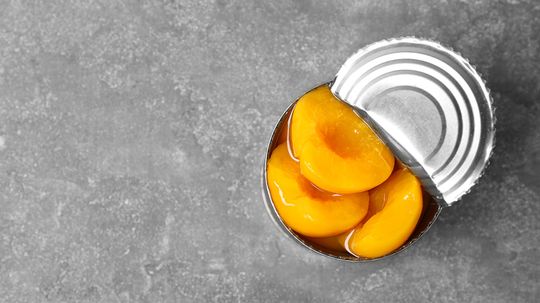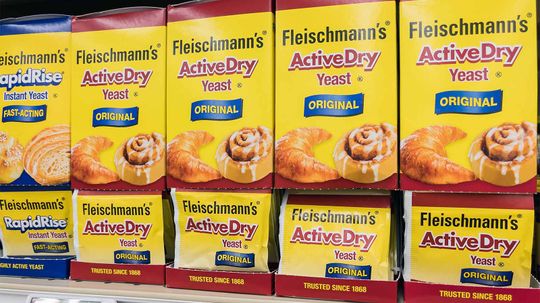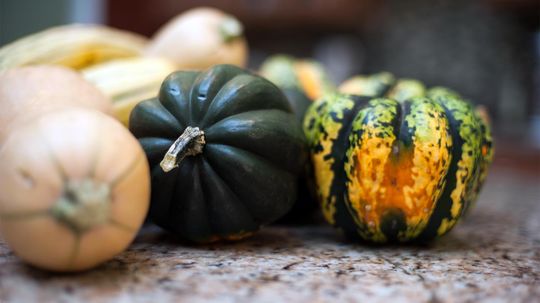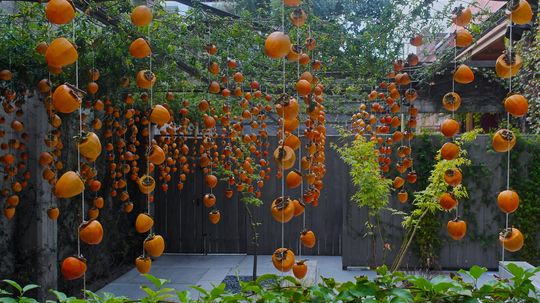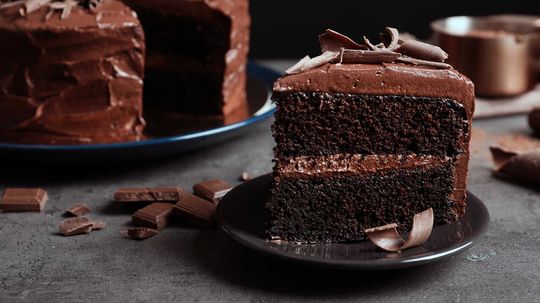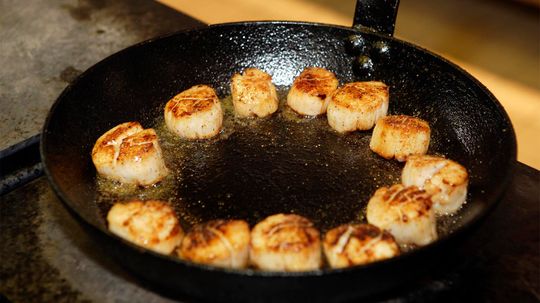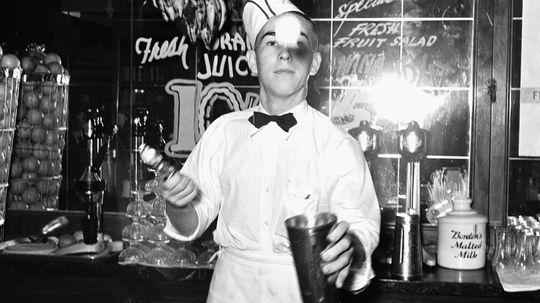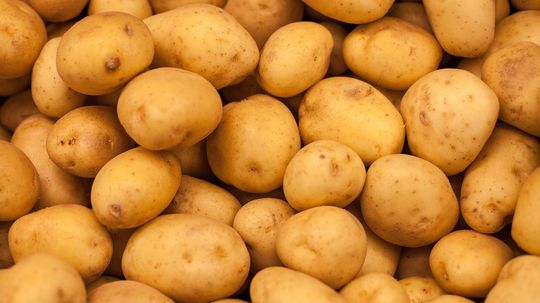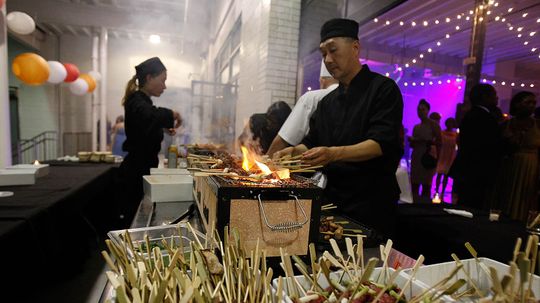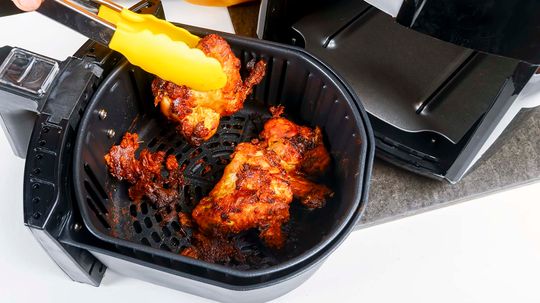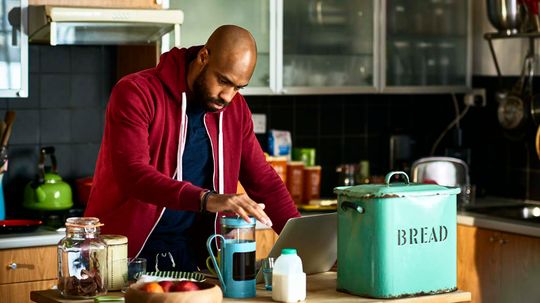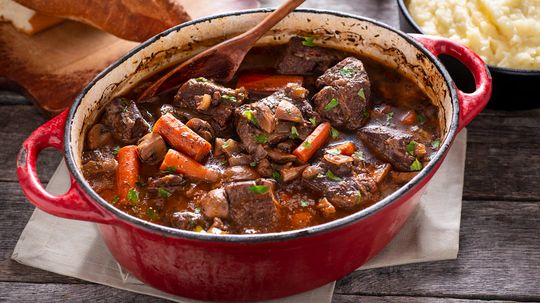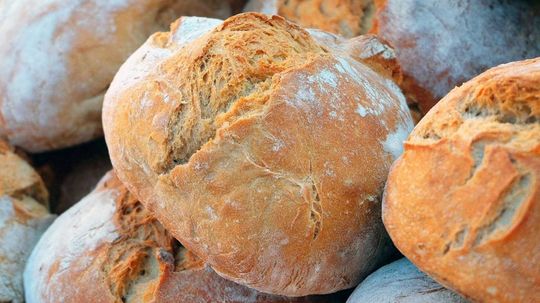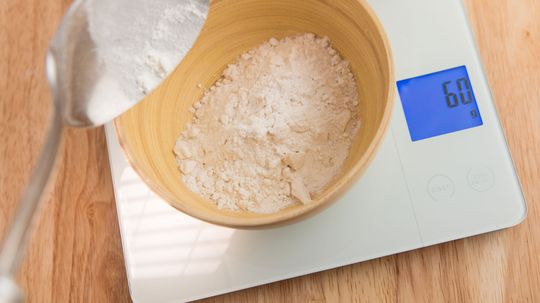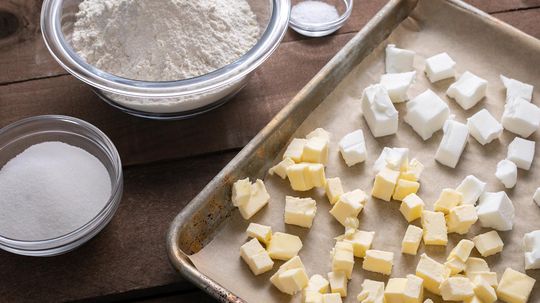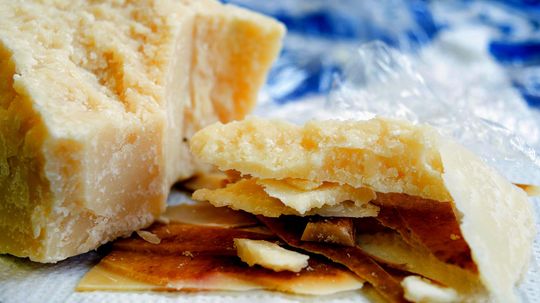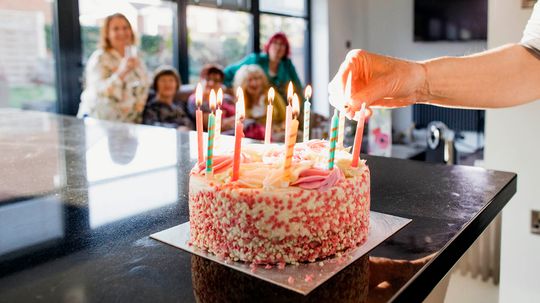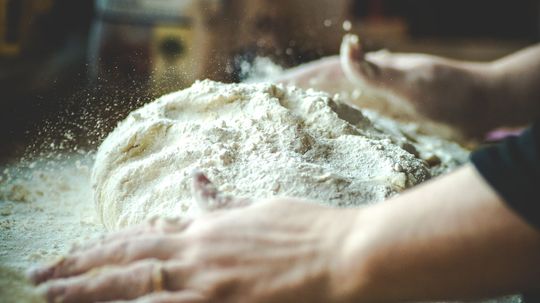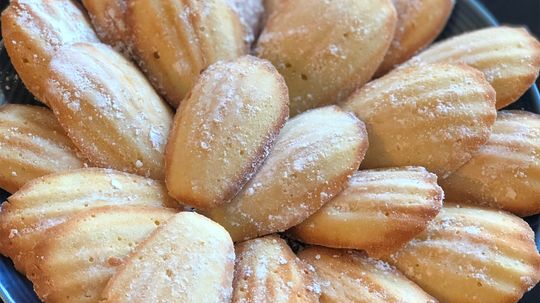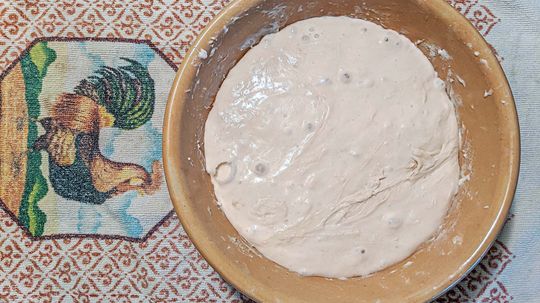Tools & Techniques
The Cooking Tools & Techniques channel offers information on prep methods to how to guides that will get you started in the kitchen. This section will also guide you through kitchen safety and best practices for the storage of foods.
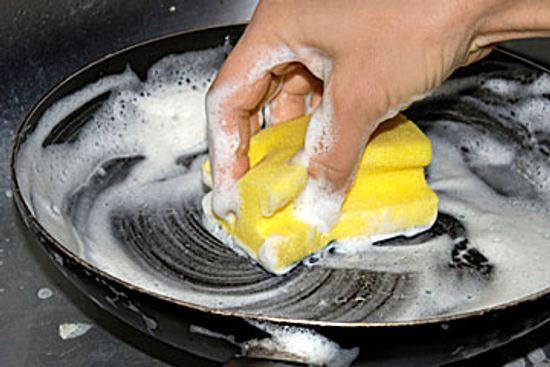
Germapalooza: How to Keep Kitchen Sponges Clean
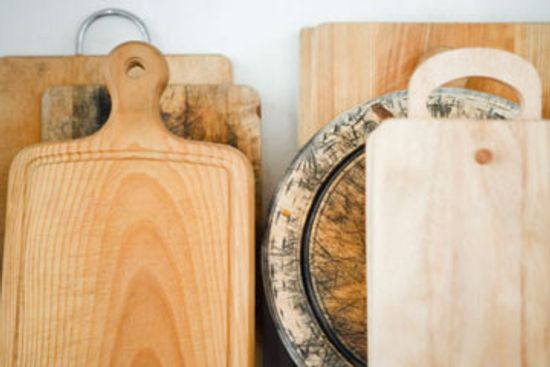
How to Maintain a Clean Cutting Board
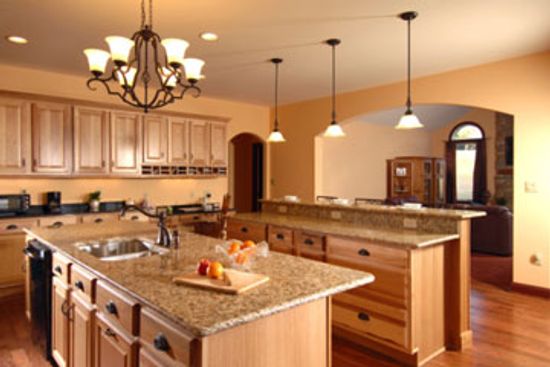
How to Clean Granite Countertops
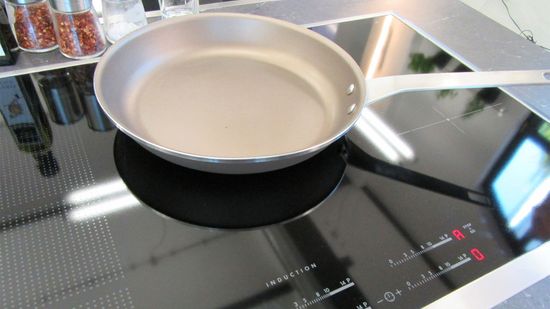
Is Induction Cooking Better Than Gas or Electric?
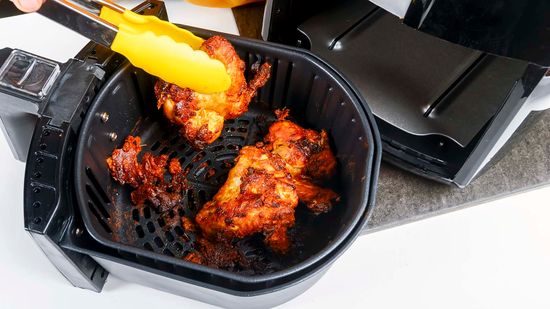
Why Air Fryers Are the Hottest Must-have Small Appliance

Is French Press Coffee the Best Coffee?
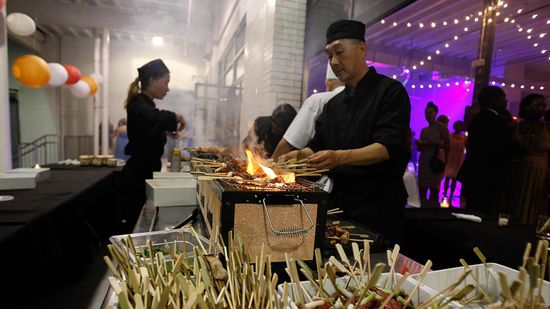
Fast and Furious Hibachi-style Grilling Is Both Dinner and Theater

Come and Get It! A Spicy Barbecue Quiz
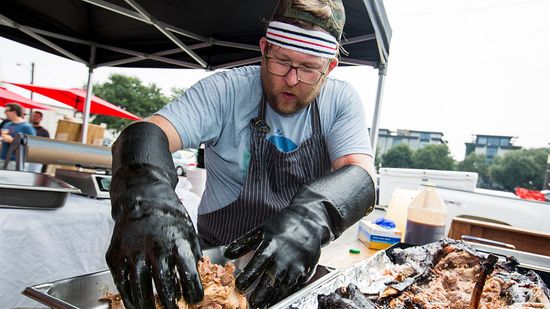
How Barbecue Works
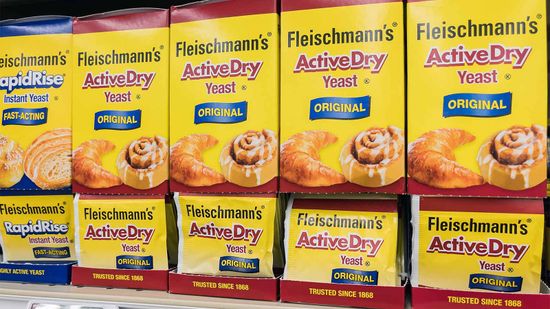
What's the Difference Between Instant and Active Dry Yeasts?
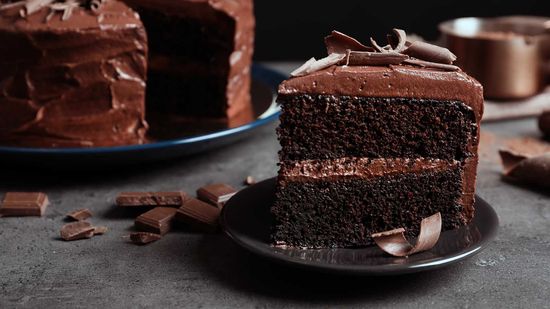
If You're Not Baking With Mayonnaise, You Should Be
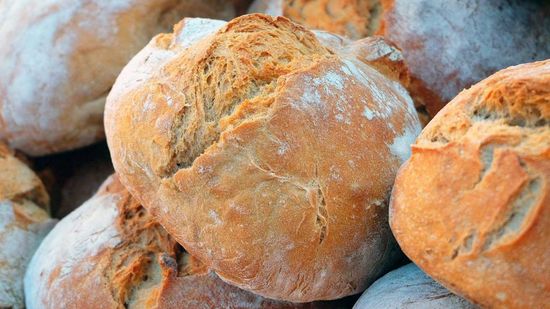
Yeast Is the Magic Microbe That Makes Bread Rise
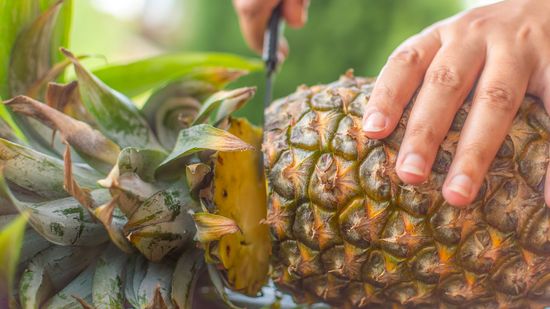
How to Cut a Pineapple in 4 Easy Steps
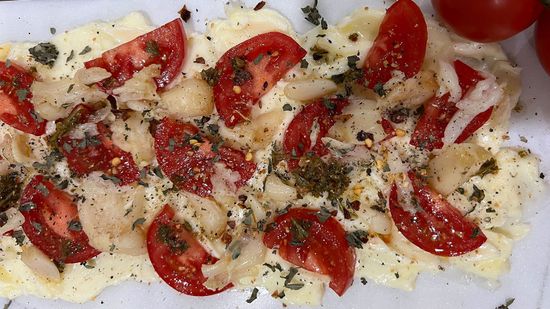
Butter Boards Are Creaming Charcuterie Spreads This Season
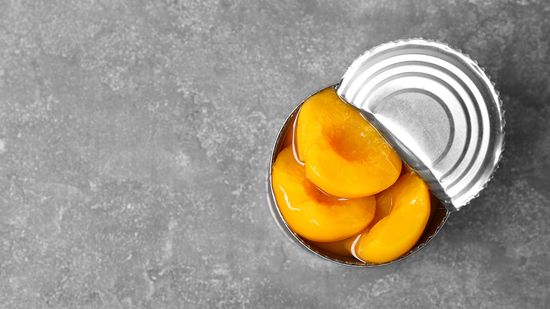
5 Ways to Open a Can Without a Can Opener
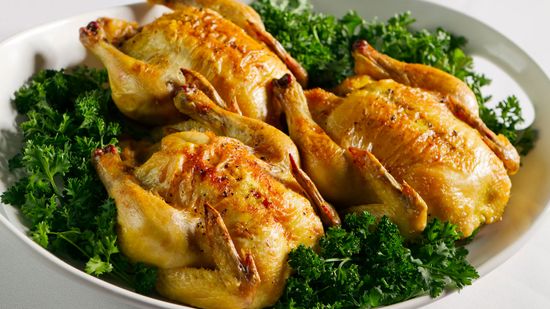
The Cornish Game Hen Is Neither Cornish Nor a Hen
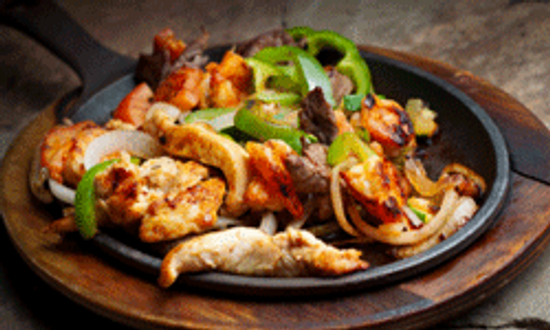
5 Ways to Cook Chicken Quickly
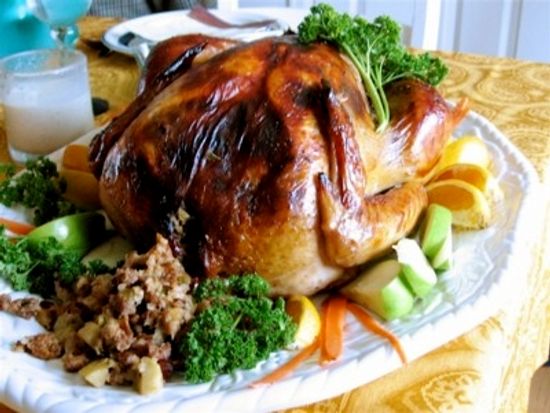
Turkey Questions
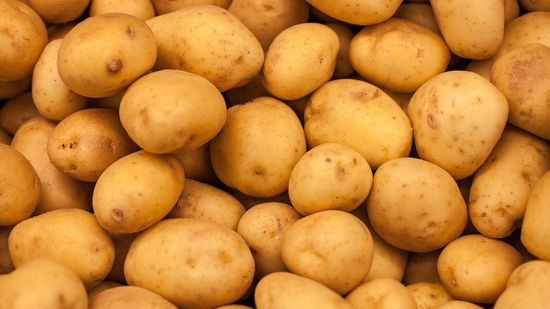
How to Store Potatoes
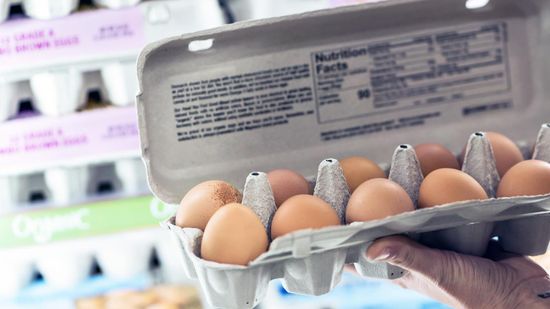
How to Tell If Eggs Are Bad
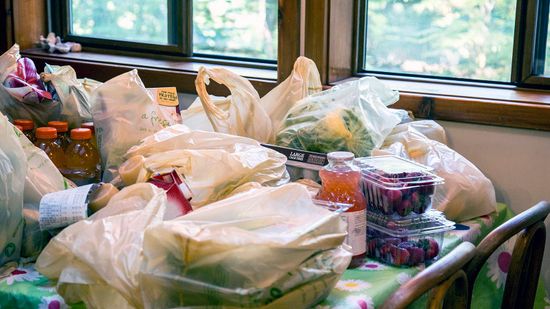
Use the 'Sterile Technique' to Safely Unpack Your Groceries
Learn More
With their spiky skins, pineapples may be a bit intimidating from the outside, but they're easy to cut into rings or chunks with these easy-to-follow steps.
Charcuterie boards featuring processed meats and cheeses are so yesterday. Swirl some fresh butter on a beautiful board and go to town with sweet and savory toppings.
No can opener? No worries! We've got five ingenious ways to get that tin can open.
By Alia Hoyt
Advertisement
Yeast is the magical component of baking that makes dough rise. But there are lots of kinds out there. Which one is right for your recipe?
By Lauren David
Induction cooking has been favored across Europe for decades and is now gaining traction in the U.S. So, what's the difference between induction, gas and electric for cooking?
Winter squashes are abundant this time of the year. Each has a different flavor profile and they're all super easy to prepare.
By Muriel Vega
Originally a method of preserving the fall harvest for winter, hoshigaki (Japanese for dried persimmon) is a centuries-old Japanese delicacy that's easy to make but is remarkably time- and effort-intensive.
By Carrie Tatro
Advertisement
Mayonnaise is the best baker's secret ingredient. Why? Because its simple emulsion of egg, oil and acid is vital to most baking recipes.
By Suzie Dundas
If you think monkfish looks a bit like a monster, we're right there with you. But there's also a reason this fish is known as the poor man's lobster. It tastes pretty frickin' delicious.
By Muriel Vega
Scallops are one of the easiest seafood dishes to prepare at home, though there are some tricks to getting it right.
By Muriel Vega
With some ice cream and a little know-how, you can make a delicious milkshake right in your own kitchen.
By Jeremy Glass
Advertisement
Potatoes can be stored for a long period of time if they are stored correctly. Here's how to lengthen the shelf life of your spuds.
By Jeremy Glass
The word "hibachi" has its origins in Japan, where it translates to "fire pot."
Eggs might just be nature's perfect food. But they don't last forever. Do you know how to tell if eggs are bad?
By Jeremy Glass
You don't have to fry your food when you can get the same crispy results with hot air.
Advertisement
Coffee is one of the world's most popular drinks. But what's the best way to brew the stuff? That depends on who you ask.
By Jeremy Glass
Is this workhorse of kitchen equipment missing from your arsenal? We'll tell you why you need one.
By Jeremy Glass
Some of the best breads are leavened using yeast. But how does this tiny microbe make bread rise? And why is it so intimidating when it comes to baking?
While many home bakers, including most Americans, measure out flour and other ingredients with a cup, experts say you should ditch that cup for a scale. Here's why.
By Alia Hoyt
Advertisement
Both are essential fats for baking, but they bring different flavors, textures and even appearances to the end product. So is one better than the other?
Those leftover cheese rinds can be valuable ingredients that you can harness into new recipes. We'll show you simple ways to use them as flavor enhancers.
Don't know your cake flour from all-purpose? The difference is subtle but the end result is huge.
By Jeremy Glass
If you've taken up baking, and don't know AP flour from self-rising we'll explain the difference. Because the final product is only as good as the flour you put into it.
By Jeremy Glass
Advertisement
In an effort that would have made Marcel Proust proud, our writer goes into the kitchen in search of the perfect hump on the perfect little confection, the madeleine.
No yeast to bake bread? No problem. You can start baking sourdough bread in about a week once you've made your own sourdough starter. We'll tell you how.

